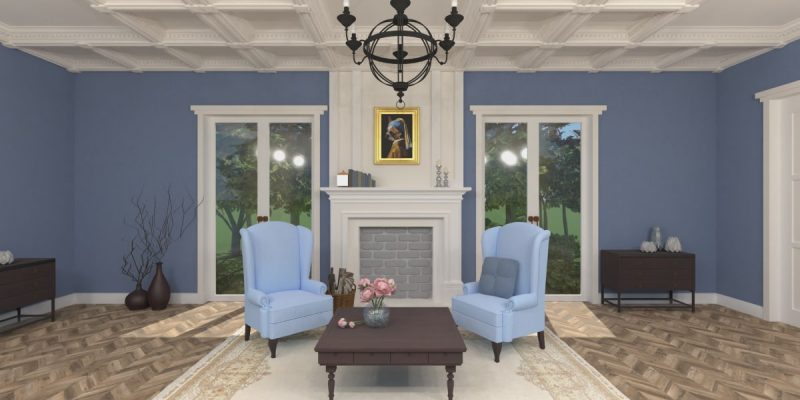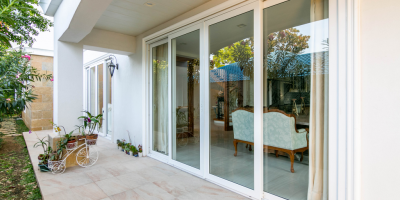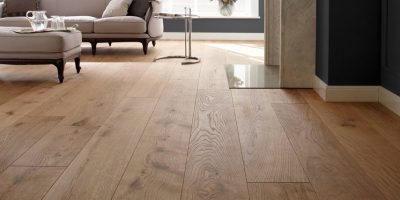When we enter a well-designed space, our eyes are often drawn to more than just the walls and floors. A decorative ceiling can elevate the entire ambiance, adding a touch of elegance and artistry to any room. These ornate and visually appealing ceiling treatments have been utilized throughout history to enhance architectural marvels and transform ordinary spaces into extraordinary masterpieces.
In this blog, we delve into the captivating world of decorative ceilings, exploring their history, various styles, and modern applications.
Rich History of Decorative Ceilings:
The concept of decorative ceilings can be traced back to ancient civilizations like Egypt and Rome. Where artisans adorned ceilings with intricate paintings, intricate carvings, and precious metals. These stunning examples of architectural artistry demonstrated a society’s wealth and cultural sophistication. From the coffered ceilings of ancient Greece to the awe-inspiring frescoes of the Italian Renaissance, each era had its unique approach to ceiling decoration.
Unveiling the Different Styles of Decorative Ceilings:
- Coffered Ceilings: A timeless classic, coffered ceilings feature recessed panels adorned with geometric patterns or ornamental designs. This style adds a sense of depth and grandeur to any room, making it a popular choice in traditional and contemporary architecture alike.
- Tray Ceilings: Also known as recessed ceilings or inverted ceilings, tray ceilings create an illusion of depth by featuring a central raised section surrounded by a lower perimeter. This design allows for unique lighting possibilities, further accentuating the beauty of the room.
- Vaulted Ceilings: Often found in churches and cathedrals, vaulted ceilings create a sense of height and space. The ceiling arches gracefully upwards, leaving a lasting impression of awe and magnificence.
- Dome Ceilings: Resembling the inner surface of a dome, these ceilings exude elegance and luxury. Dome ceilings are frequently embellished with intricate patterns, murals, or even stained glass to create a stunning focal point.
- Beamed Ceilings: Embracing a rustic charm, beamed ceilings feature exposed wooden beams that add warmth and character to a space. This style is especially popular in country-style and farmhouse interiors.
- Artistic Painted Ceilings: A true artistic masterpiece, painted ceilings showcase intricate murals, frescoes, or trompe-l’oeil techniques. These ceilings transform a room into a living canvas, telling stories and captivating imaginations.
Modern Applications and Contemporary Innovations:
With a revival of interest in classical design and an appreciation for architectural beauty, decorative ceilings are experiencing a resurgence in modern interior design. Technology has enabled new possibilities for customization, such as 3D-printed ceiling panels, illuminated designs, and interactive projections.
Contemporary architects and interior designers are also experimenting with minimalist approaches to decorative ceilings, using subtle patterns and textures to add a touch of elegance without overwhelming the space.
Practical Considerations and Maintenance:
While decorative ceilings can elevate a space’s aesthetic appeal, they require thoughtful consideration during installation and maintenance. Depending on the complexity of the design, installation costs can vary significantly. Additionally, specific materials and finishes may require regular upkeep to preserve their original beauty.
Incorporating Decorative Ceilings in Modern Homes:
In recent years, homeowners and interior designers have embraced the idea of incorporating decorative ceilings in modern residential spaces. Whether it’s an urban loft, a suburban home, or a coastal retreat, decorative ceilings have found their way into contemporary design. By blending traditional ceiling styles with minimalist or eclectic interiors, homeowners can achieve a unique and personalized look that combines the best of both worlds.
A Showcase of Cultural Diversity:
One fascinating aspect of decorative ceilings is how they reflect the cultural diversity and artistic heritage of different regions. Each culture has its distinct approach to ceiling design, from the intricate geometric patterns of Islamic architecture to the celestial motifs in Chinese temples. Exploring these various styles not only opens up a world of design possibilities but also deepens our appreciation for the beauty of human creativity across the globe.
Luxurious Hotels and Resorts:
If you’ve ever stayed at a luxury hotel or resort, you’ve probably noticed the attention to detail in their interior spaces, especially in the common areas and suites. Many high-end establishments incorporate decorative ceilings to create a sense of opulence and grandeur. From lavish chandeliers hanging from intricately designed coffered ceilings to palatial domes adorned with gold leaf, these ceilings elevate the guest experience and leave a lasting impression of luxury.
Conclusion
Decorative ceilings have a rich history that spans civilizations and continue to captivate us today. From the opulent grandeur of painted frescoes to the understated elegance of coffered patterns, these ceilings add a touch of sophistication to any interior.
As contemporary design trends blend with classical influences, we can expect to witness a continued renaissance of decorative ceilings, where art and architecture merge to create breathtaking spaces that inspire and delight.
Also Read: Unleashing Creativity – Designing Unique Patterns with Decorative Ceiling Tiles














Comments